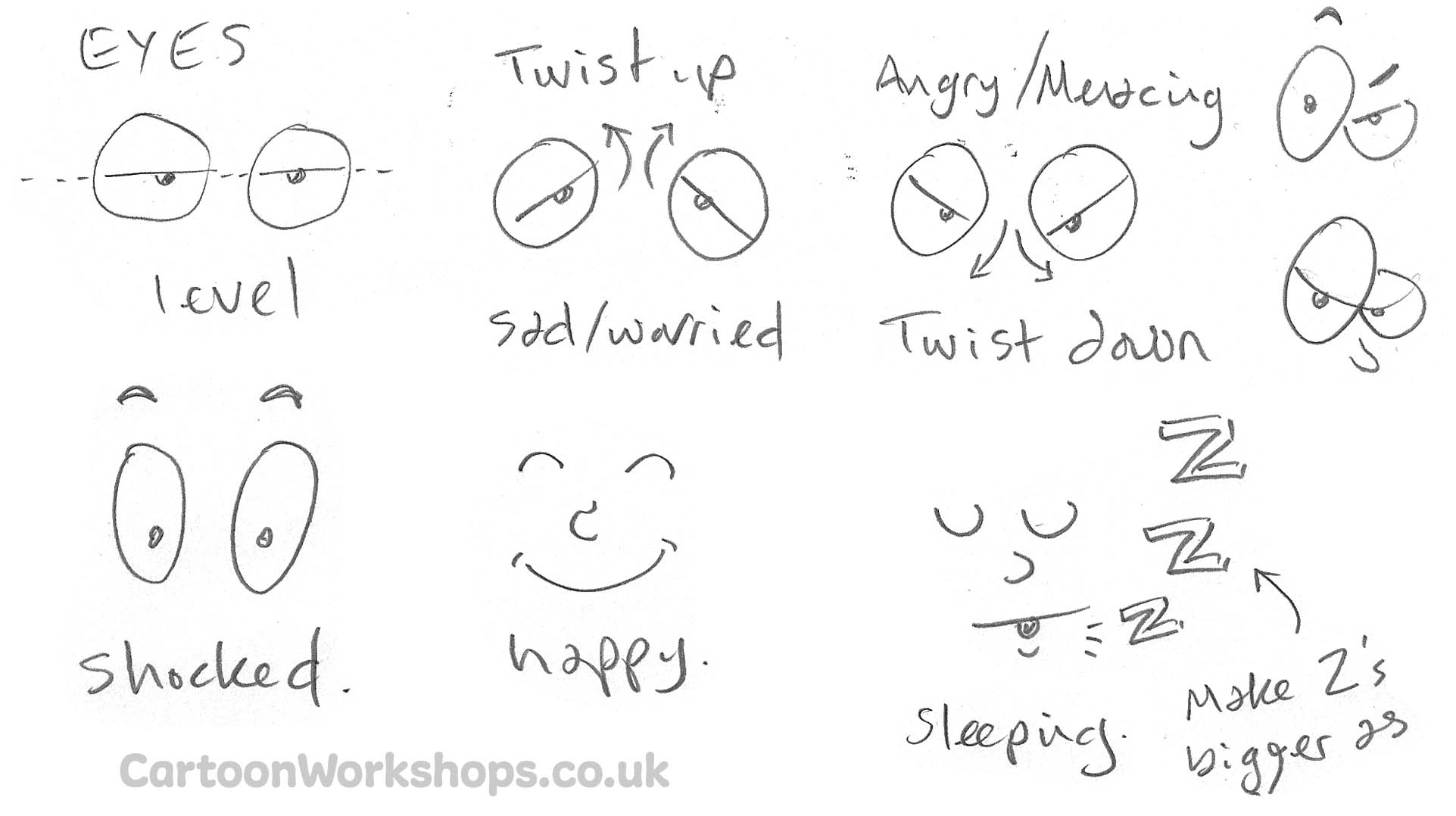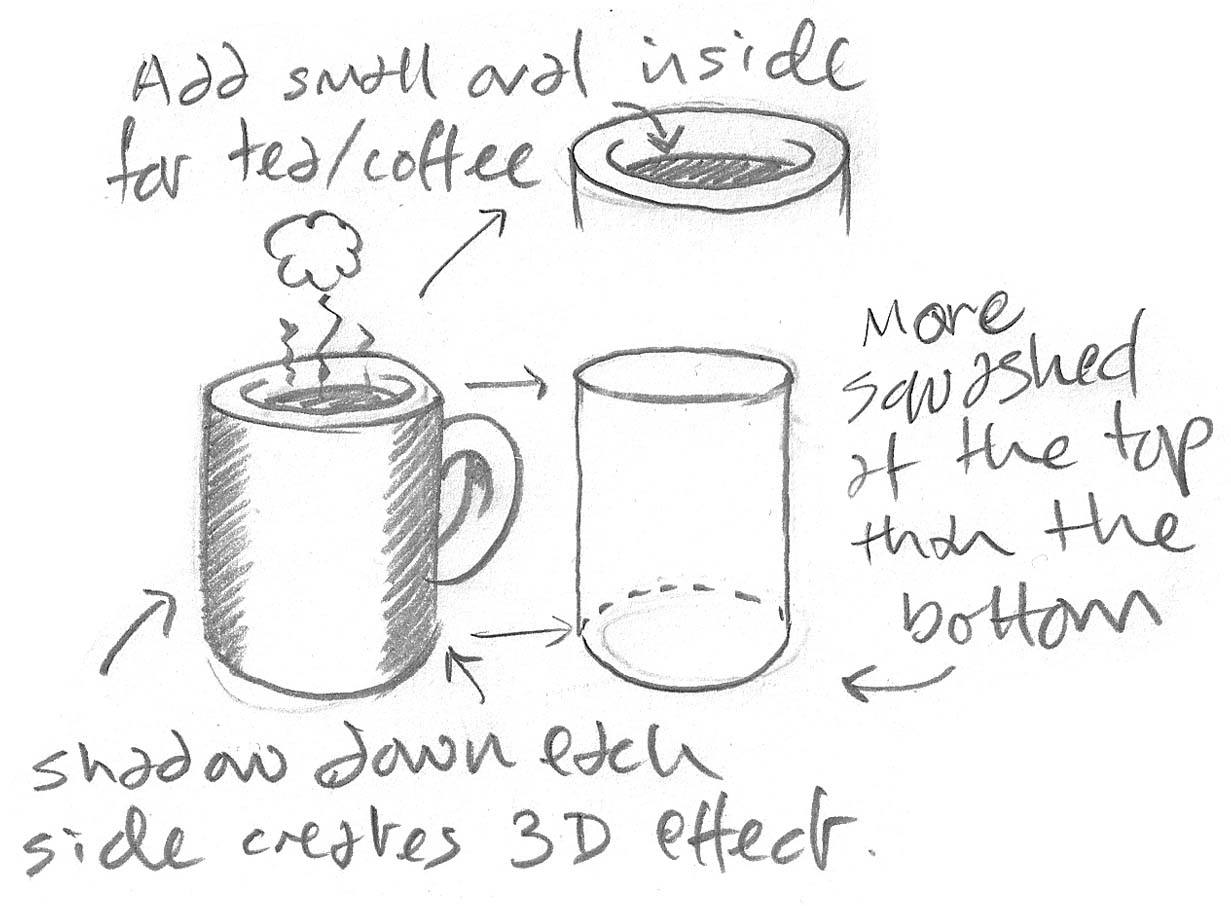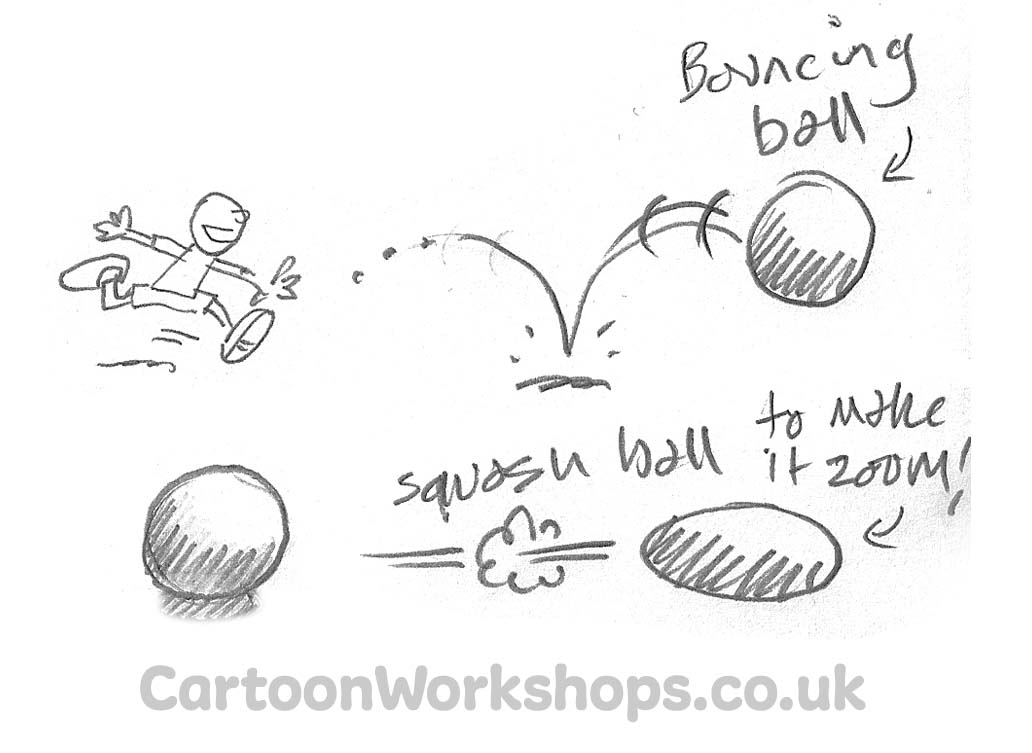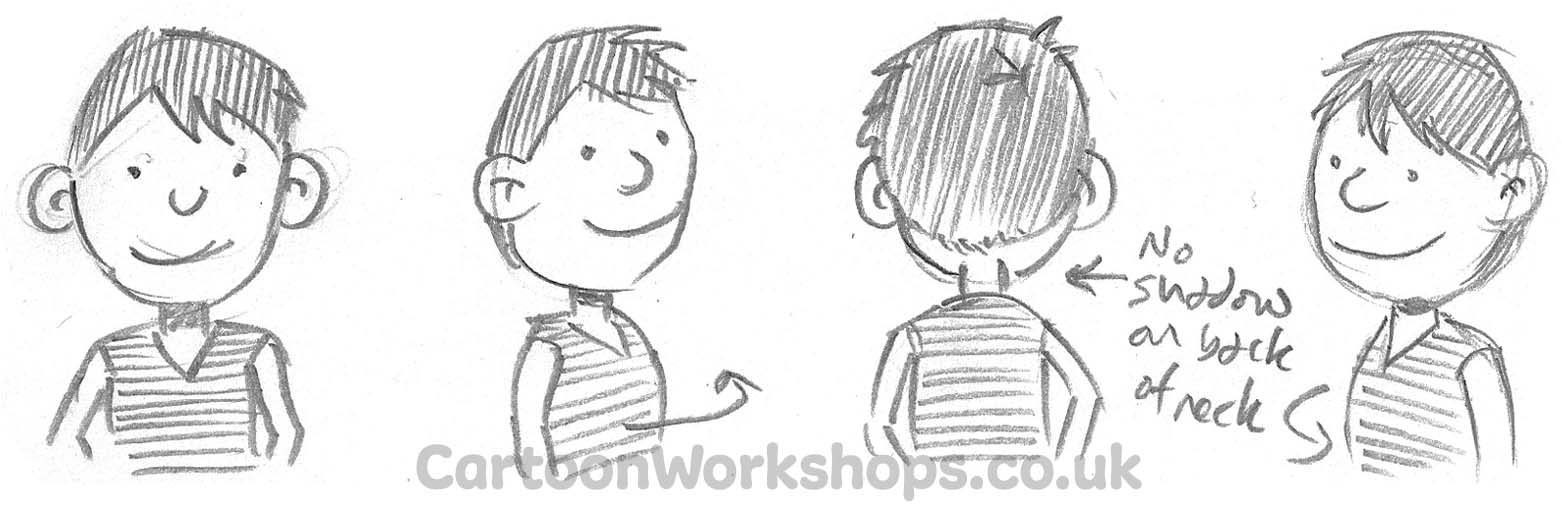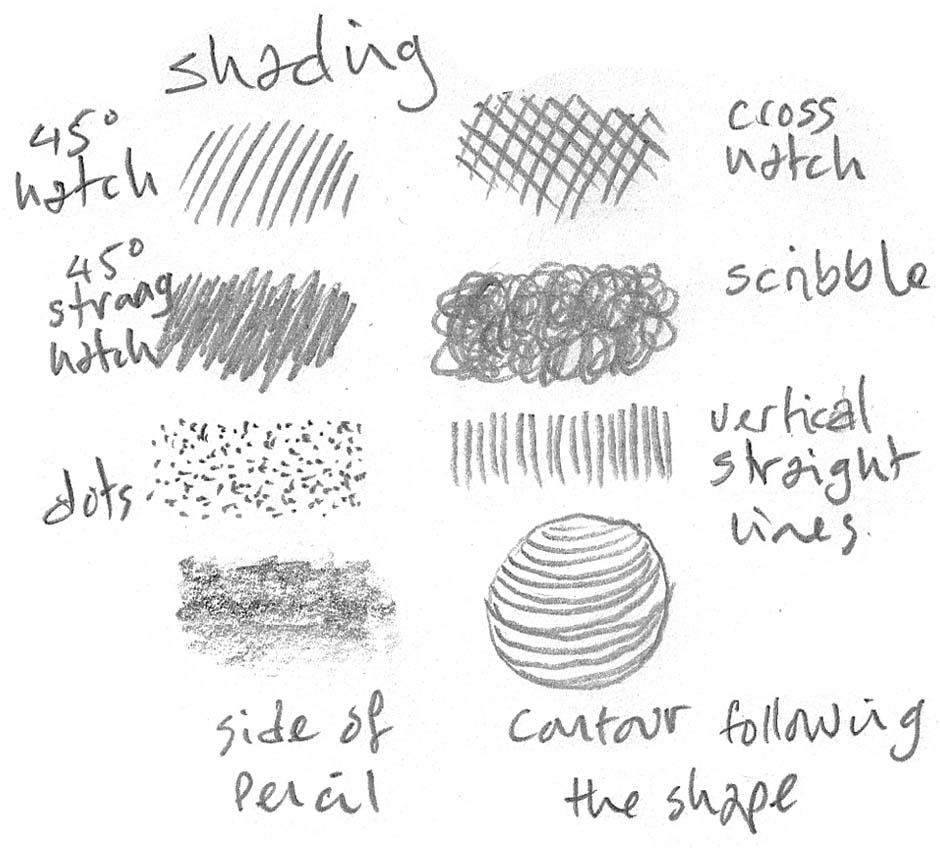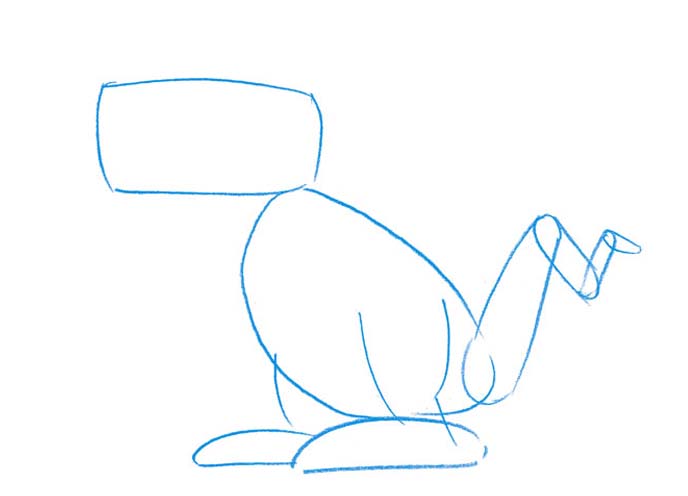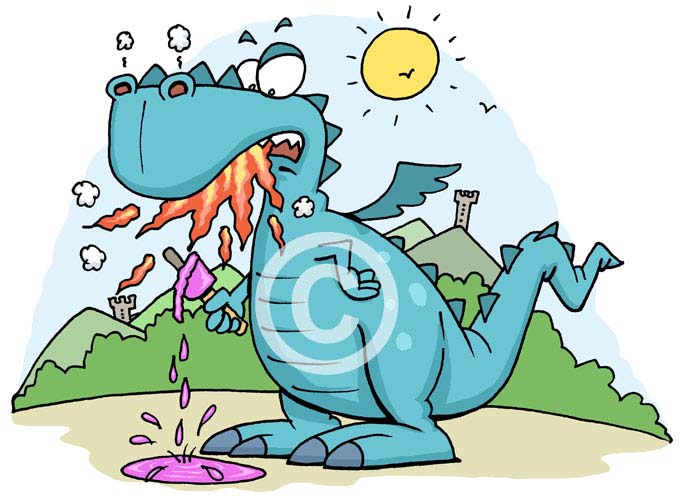Pencil Sketch Cartoons


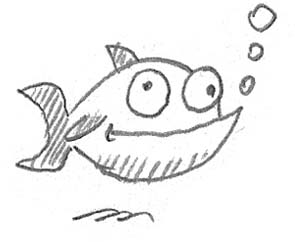

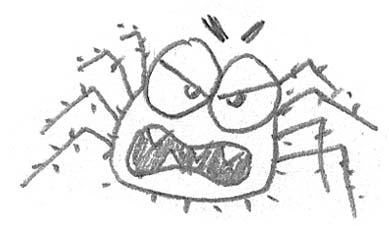

Children love to draw animal cartoons, here are some simple characters that they can try out.
Above are head shapes, hairstyles and eyes conveying different expressions / emotions, ideal for children to draw and work into their own illustations.
A 360 degree view of a characters head and shoulders. Notice the shading at the front and side of the head as the chin and jaw line overhang the neck but no shading at the back of the head.
To emphasise the dog chasing after the cat, I have elongated the body shape and added the movement lines. Notice the dogs tongue looks like it’s being dragged along with the speed.
Pencil Sketch Cartoons
How to draw a fire breathing dragon >

Tracing is one of the many suggestions we recommend. If the child doesn’t have a light box or tracing paper, a good alternative is to tape both sheets to an uponenable window. Tracing is great for getting a feel of how others have drawn and also for refining their own work.
The classroom workshops can cover techniques on creating form for objects using shading and movement lines to emphasise speed, amongst other techniques.
Shading techniques help to illustrate the shape and form of a ball, movement lines to show that ball travelling at speed and then a mix of the two techniques to illustrate the ball bouncing as it hits the ground. Other useful tips show how to create the illusion of hovering such as a spacecraft in a comic strip by simple use of shadow and ‘space’… as the spaceship hovers higher the shadow is smaller and as it comes in to land that shadow increases in size.
We also cover the use of depth and spatial awareness. Some may see a flat piece of paper and it’s limited area to draw within, but we explore looking past those constraints and the creation of scenes that stretch for miles into the distance with 3D effects.
Another area we cover is the use of 2D and 3D fonts plus speech bubbles, POW! and ZAP! flashes, to add even more excitement and interest to the drawings.
Time permitting, a fun drawing game of ‘pass the paper’ gets the children to be ‘quick on the draw‘, where each child draws a different part of a character and passses it on to the next child until the character is complete.
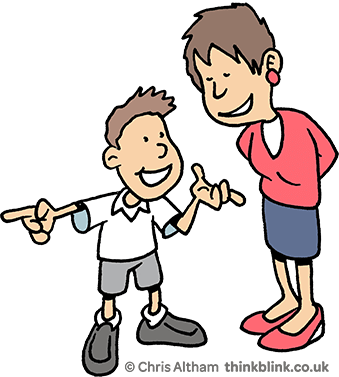
Throughout the cartoon workshop, Chris reviews the work of the children and offers suggestions, encouragement and praise for their achievements in class.
We aim to give the children lots of techniques to take away to develop their own amazing cartoon drawings!


